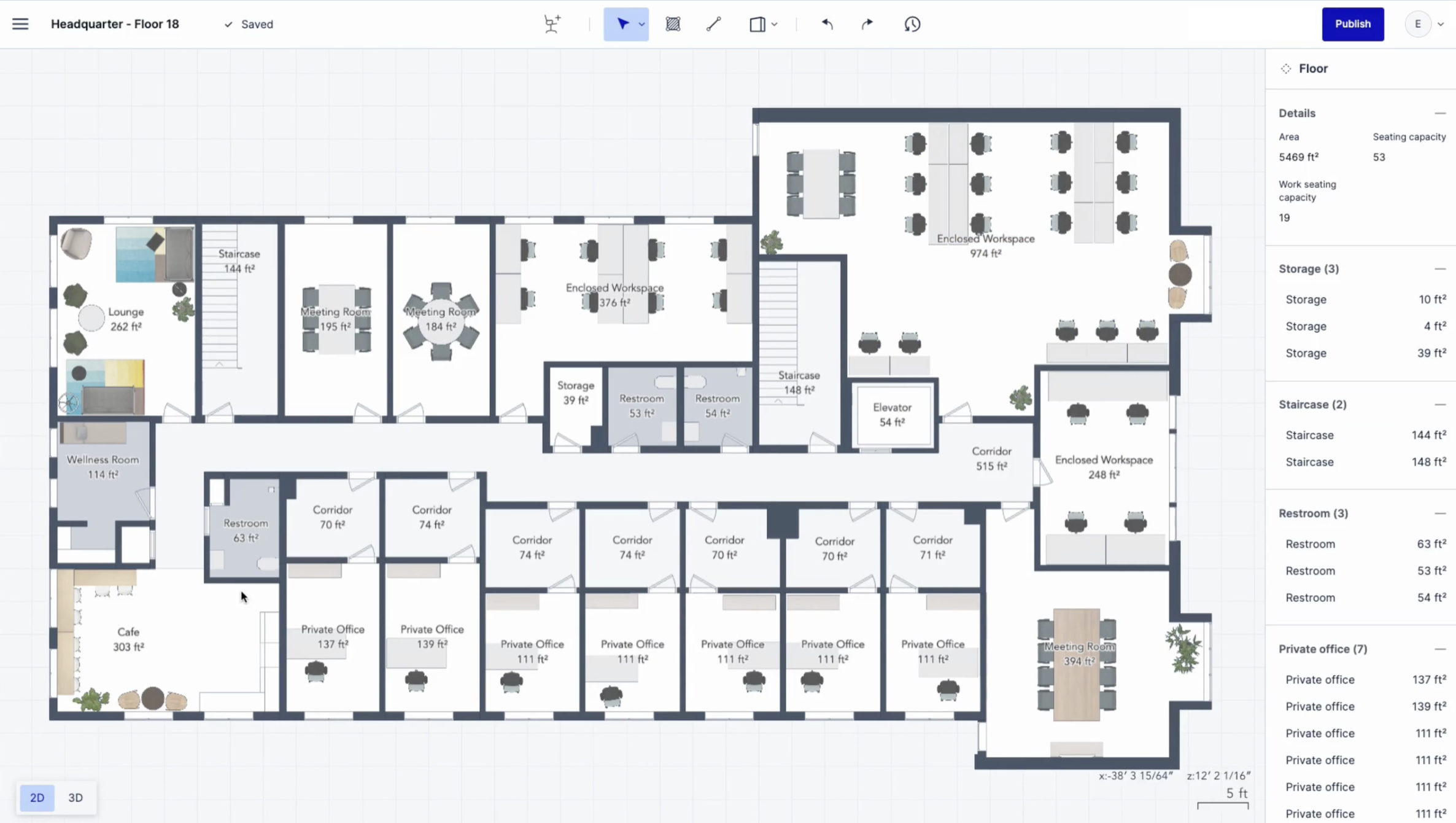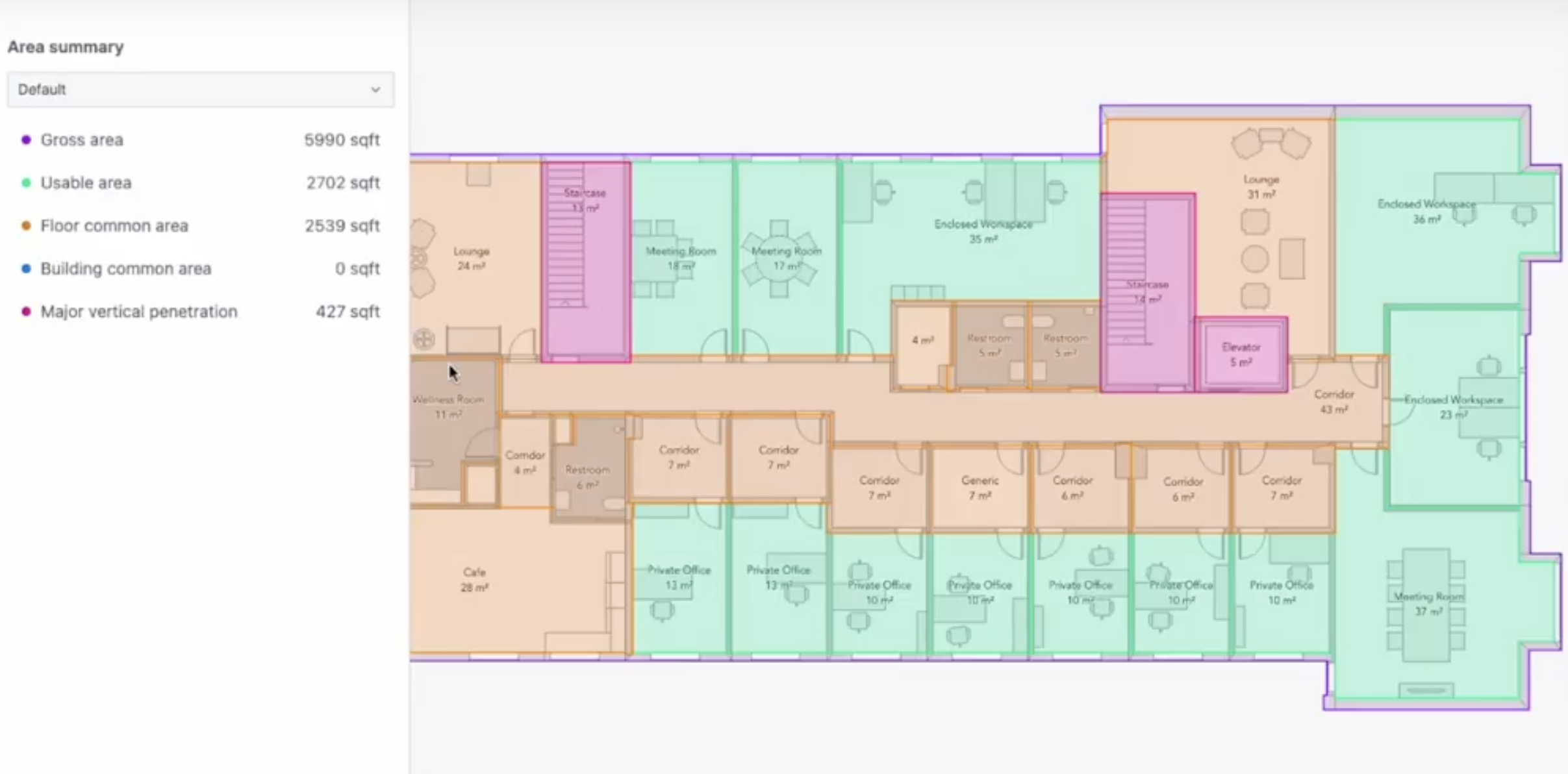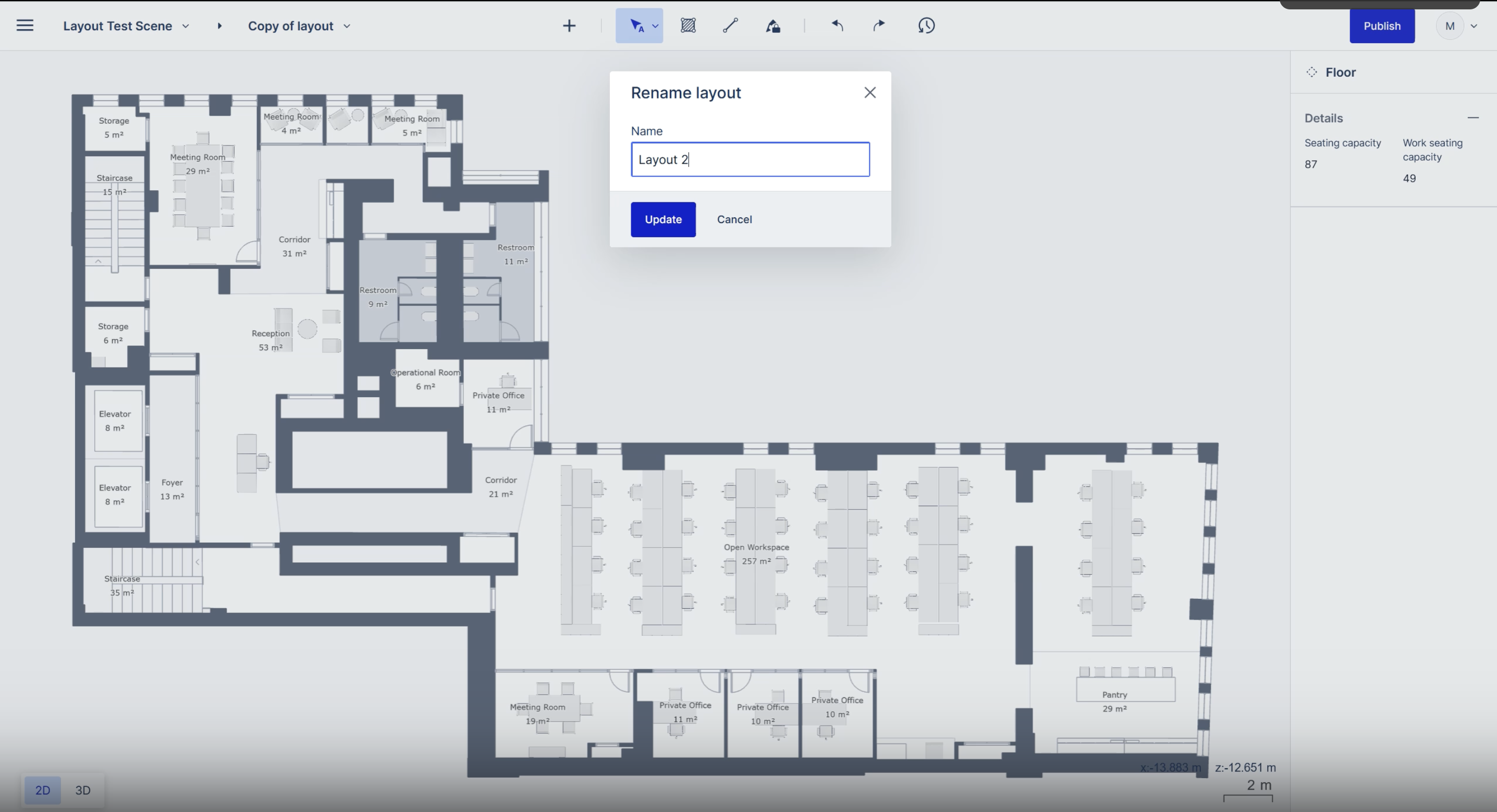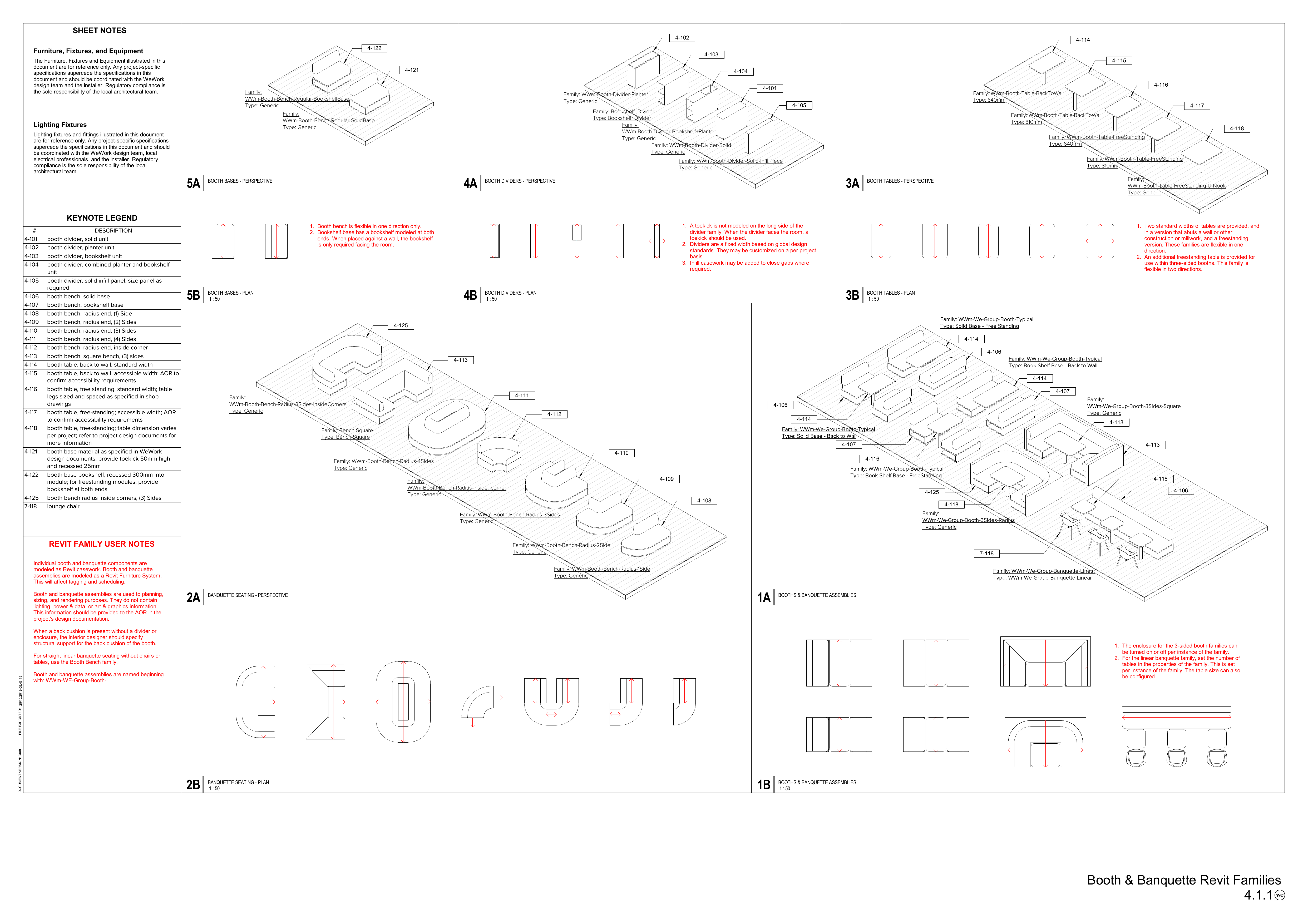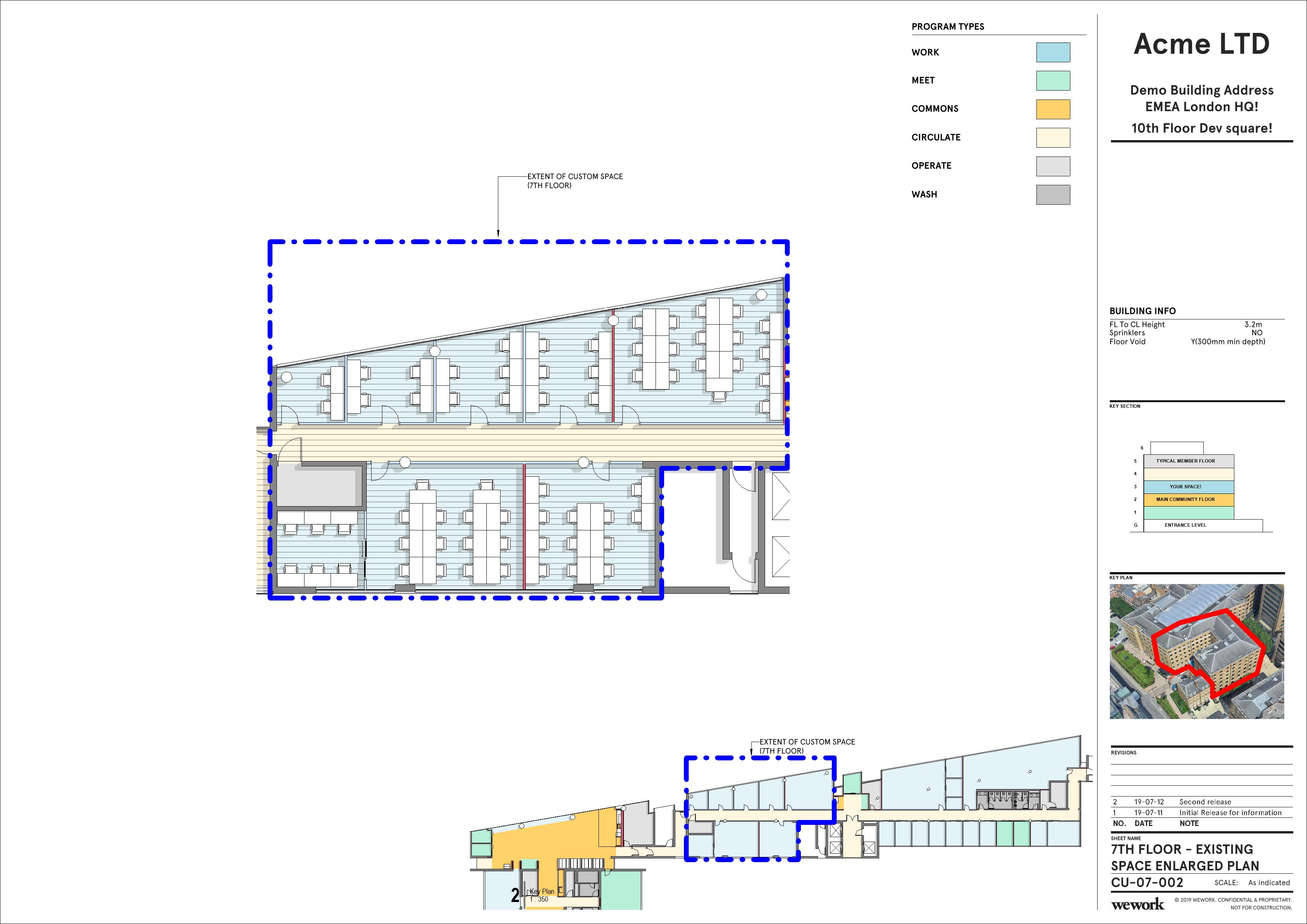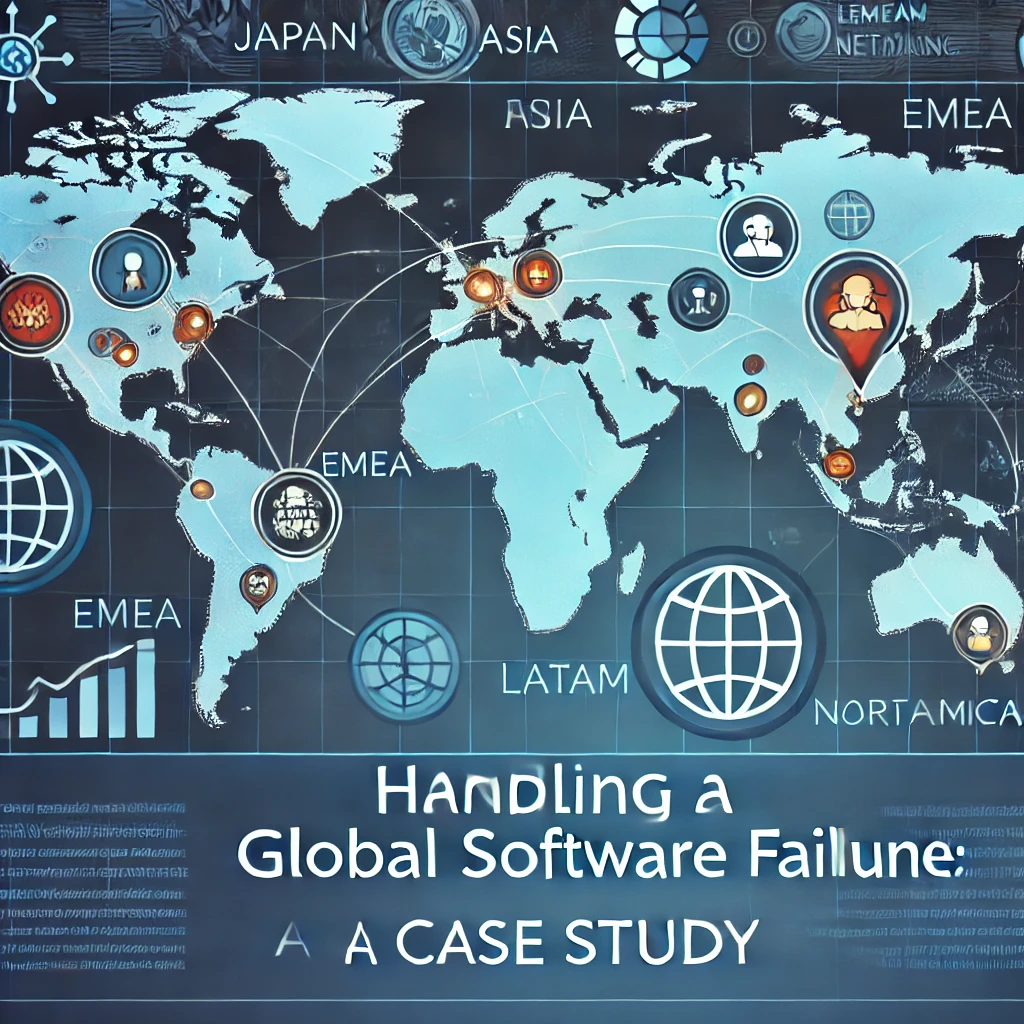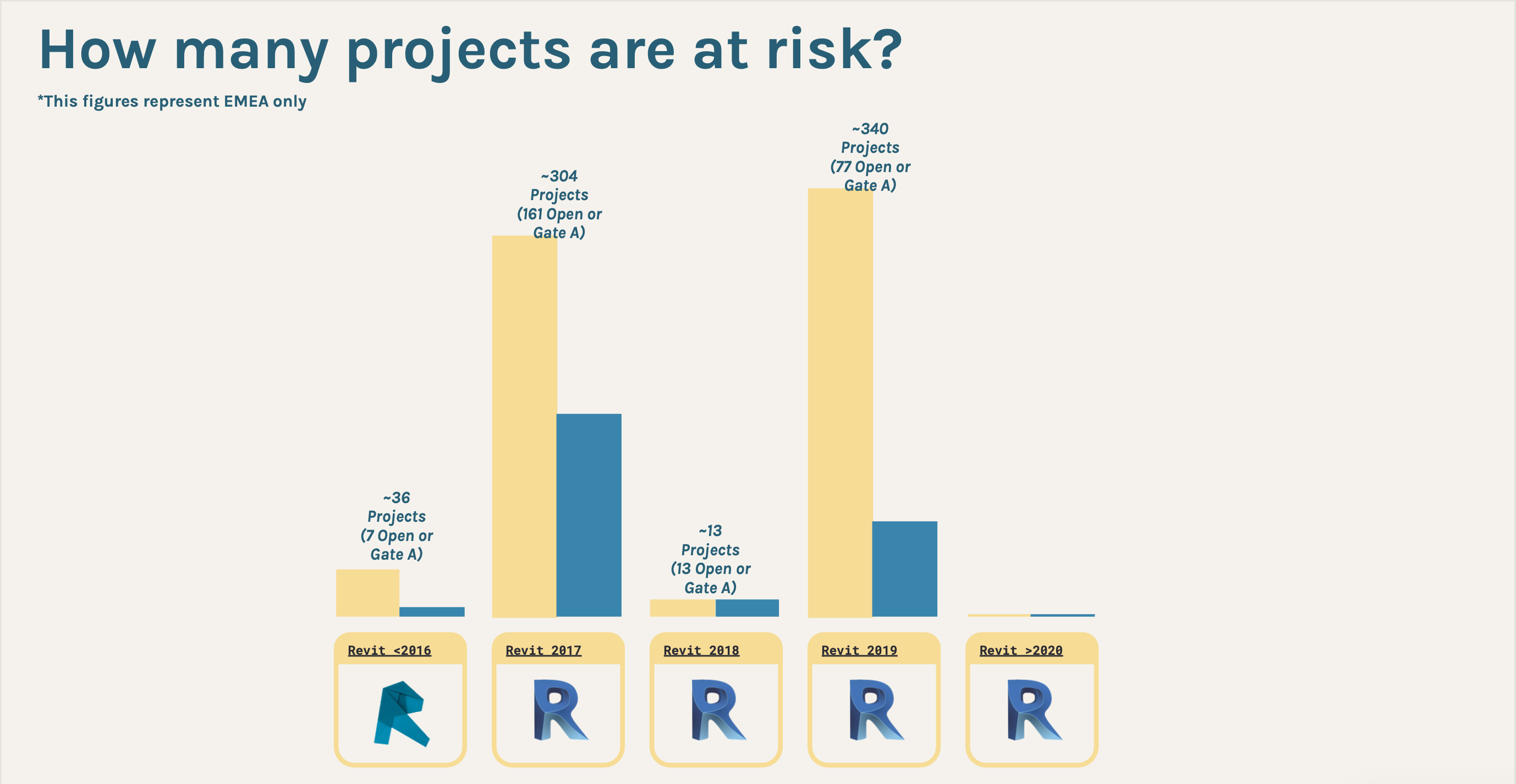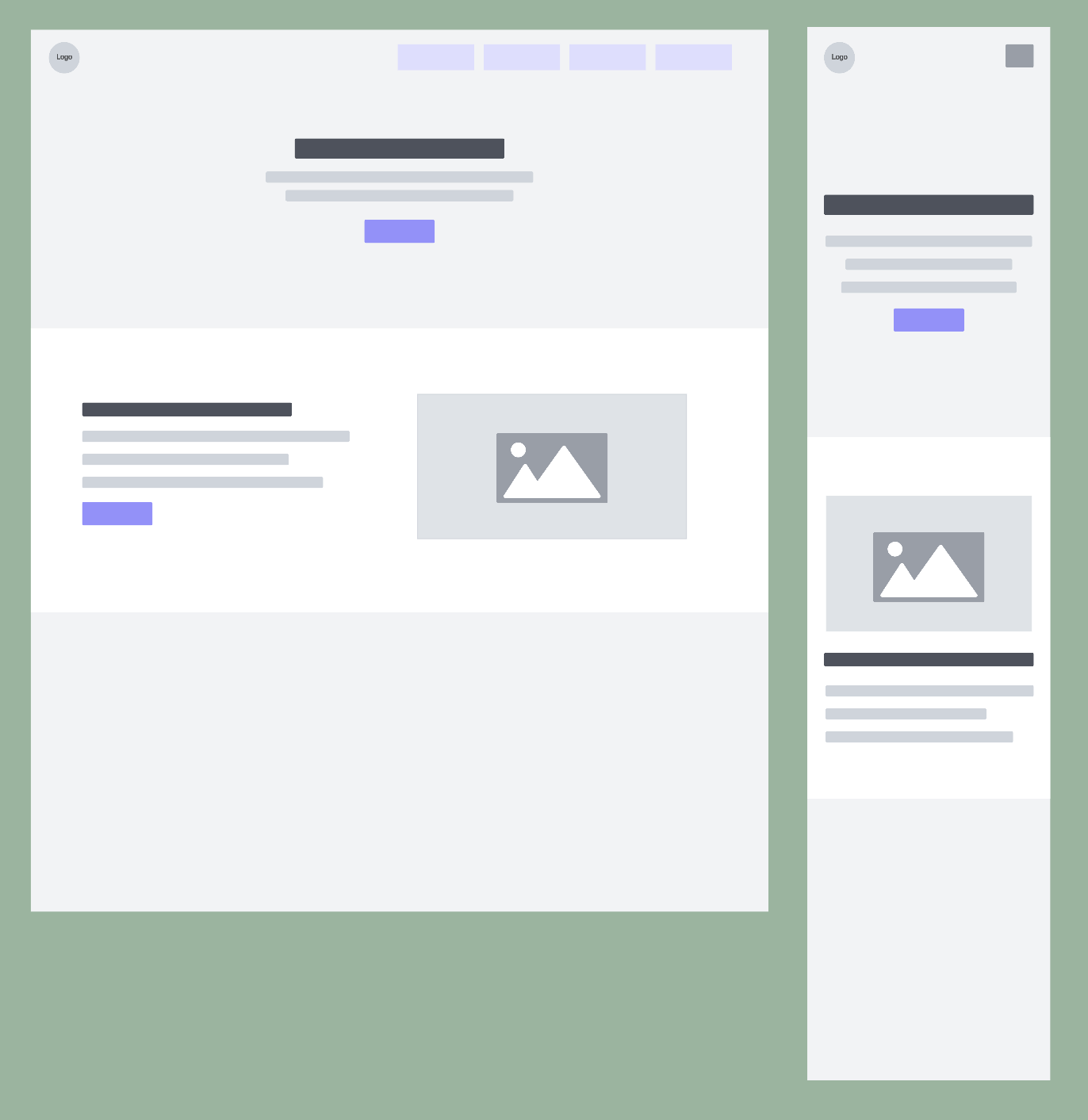Case Study: Transforming Design Technology Support at WeWork
Introduction
As a Design Technology Product Manager at WeWork, I spearheaded a critical initiative to overhaul the support process for our design technology teams. Recognizing the need for a systematic approach to support as our teams grew leaner and more remote, I led the design, implementation, and operationalization of a comprehensive Jira-based ticketing system. This project highlighted themes of empathy, accountability, accuracy, and cross-functional leadership, ensuring fair and transparent support for all teams globally who relied on fair access to the Design Technology Group.
Identifying the Need
In an increasingly remote and decentralized work environment, the existing informal support processes were proving inadequate. Support requests were often lost in Slack messages, leading to frustration and inefficiency. Recognizing this gap, I identified the need for a structured support system to ensure that all teams, regardless of location, received equal and timely support.
Selling the Vision
Understanding the critical nature of this transformation, I communicated the importance of a formal ticketing system to leadership and my teammates. I emphasized how this system would:
- Improve time management, allowing focused work on other key pillars such as content, process, and training.
- Ensure fairness, with remote teams receiving the same level of support as those co-located.
- Enhance accountability through the introduction of Service Level Agreements (SLAs).
- Provide a clear escalation path to demonstrate recurring issues to VPs, facilitating investment in underlying solutions.
Designing the System
With buy-in from leadership and the team, I designed the Jira-based ticketing system with the following features:
- Efficacy: Better management of our time and resources.
- Fairness: Ensured that no message got lost and that remote teams had equal access to support.
- Accountability: Introduced SLAs to track and measure response times.
- Escalation: Enabled transparent escalation of issues to other departments such as IT, Technology, Finance, and Operations.
- Standard Operating Procedures: Created structured responses for common issues to streamline support processes.
Implementation and Training
I worked closely with the team to document the new system and conducted training sessions to ensure everyone was comfortable with the new processes. We launched the system locally first, allowing us to refine it based on initial feedback before rolling it out globally in a phased manner.
Demonstrating Benefits
To ensure adoption, I demonstrated the direct benefits of the new system to users, educating them on how it would improve their work experience. I established formal support pipelines with other technology and building support teams, creating a two-way communication channel that was transparent and accountable.
Results and Impact
The implementation of the Jira-based ticketing system had several key outcomes:
- Improved Efficiency: Teams were able to manage their time better and focus on high-priority tasks.
- Enhanced Fairness: Remote teams received the same level of support as those in the same building, fostering a more inclusive work environment.
- Greater Accountability: The introduction of SLAs ensured that support requests were tracked and resolved in a timely manner.
- Effective Escalation: The system provided evidence of recurring issues, enabling leadership to make informed decisions about resource allocation and investment.
- Standardized Processes: The creation of SOPs streamlined support responses, making the process more predictable and reliable.
Conclusion
The transformation of the design technology support process at WeWork was a testament to effective programme management, characterized by empathy, accountability, accuracy, and cross-functional leadership. By identifying a critical need, securing buy-in from stakeholders, and implementing a robust solution, I was able to operationalize a system that significantly improved the efficiency and reliability of support for our design teams. This project not only met immediate needs but also laid the groundwork for continued improvement and scalability in our support processes.
